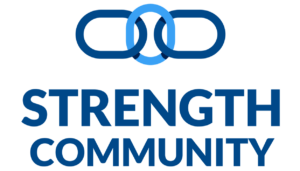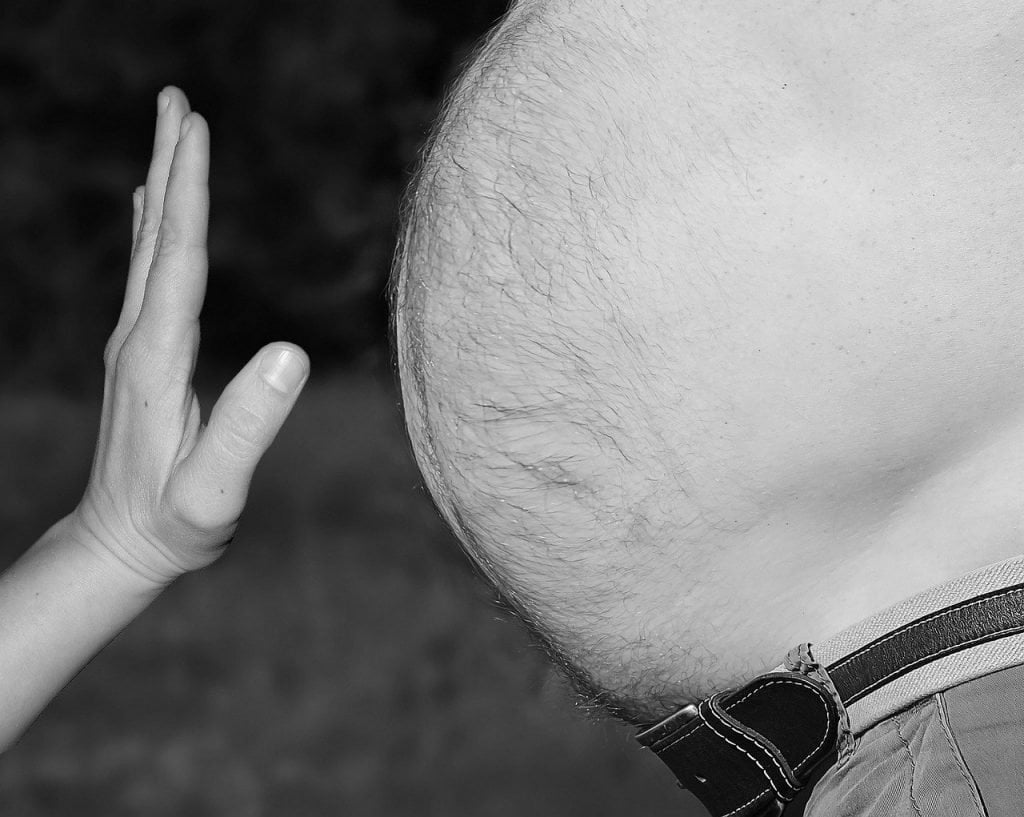Guest blog by Designs for Sport
Testosterone deficiency is reported in 20% of men over 60 years of age and rapidly increases to more than 50% of all men over the age of 80. The declining levels of testosterone are a natural occurrence for a number of physiological reasons but their effects are not salubrious and are associated with coronary disease and a lack of physical and emotional well-being.
While most of the attention has been given to testosterone replacement therapy to restore male hormonal balance estrogen is now gaining a spotlight on the research scene. Although estrogen has been a hormone associated with women its role in men’s health has been increasingly noted. Among men with chronic heart failure for example both high and low concentrations of estradiol were related to increased mortality. The subjects in the middle quintile of estradiol concentrations had the best survival rate illustrating the importance of keeping estrogen levels in balance.
Restoring testosterone levels to youthful ranges can result in an increase in insulin sensitivity and reductions in total cholesterol fat mass waist circumference and pro-inflammatory cytokines associated with atherosclerosis diabetes and the metabolic syndrome.
Testosterone replacement therapy also appears to improve metabolism and endurance in patients with heart disease. It has even helped to lower depression in older men.
There’s no question that testosterone therapy has been found to improve the health of men; however there is a scarcity of literature on its risks. Therefore rather than focusing solely on replenishing the lost testosterone in men it is critical to take a closer look at the role estrogen plays in meddling with male hormonal balance and how that contributes to testosterone deficiency.
Let’s look at a few reasons why testosterone declines with age:
DHEA: This hormone can follow pathways that either yields testosterone or estrogen; consequently it can play a role in determining levels of estrogen and testosterone. This hormone declines in older men compromising their ability to produce testosterone.
Aromatase: This enzyme is critical because it converts testosterone to estrogen. As men age their levels of aromatase increase thereby depleting free testosterone and increasing estrogen levels.
Obesity: Hyperinsulinemia suppresses the action of the luteinizing hormone (LH) which can reduce circulating testosterone levels
Increased belly fat mass has also been linked to increased aromatase levels which precipitates a vicious cycle of abdominal fat exacerbating the increased aromatase activity. This cycle further reduces testosterone levels. This circular relationship between fat and estrogen production is the proverbial amusement park ride off of which we need to jump to start correcting this hormonal imbalance.
Sex hormone-binding globulin (SHBG): Levels of SHBG also increase with age which makes the bioavailability of testosterone circulating in the bloodstream lower. The increase in SHBG coupled with an increase in aromatase activity results in a net increase in the estrogen to testosterone ratio and a decrease in total and free testosterone levels.
Finally the liver plays an important role in removing excess estrogen and SHBG so it is crucial for aging men to maintain optimal liver function for hormonal balance.
Testosterone vs. Estrogen
Testosterone and estrogen are closely related in the body but their effects are vastly different. Testosterone improves muscle mass and bone density and can have a positive effect on the heart brain and blood vessels while higher levels of estrogen put men at greater risk for chronic illness. Because estrogen is made by fat cells the first target of influence in lowering estrogen levels should be lifestyle modifications particularly exercise and weight loss to increase insulin sensitivity and lower body fat.

